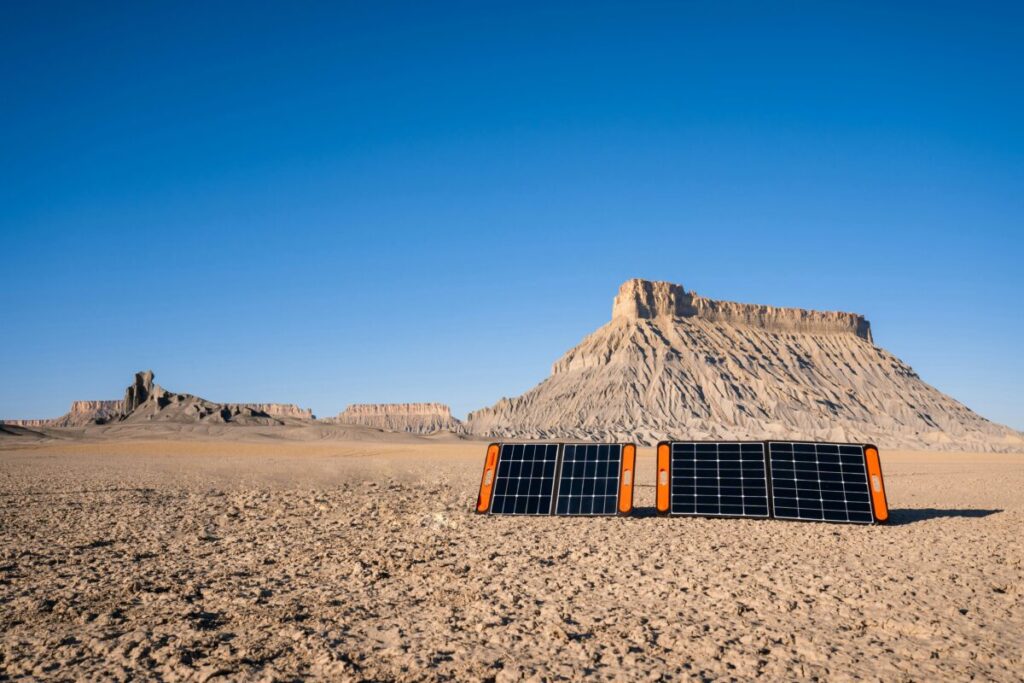Scientists have analyzed how forced convection PV, free convection with aved plate PV and forced convection with Fold Plate PV can reduce the temperature of the solar modules in the climate conditions of Lebanon.
An international research team has evaluated three air -based cooling methods for photovoltaic panels.
In particular, they mainly investigated Convection PV (forced-PV), free convection with Fold Plate PV (Vrij-Vined-PV) and forced convection with Fold Plate PV (forced PV with forced vinten). They carried out parametric analysis for the three techniques based on energy buyers, economic savings and CO2 reductions.
“These systems use air as the heat transfer fluid but differ in the mechanism of the air flow,” the academics explains. “The Forced-PV system uses active air flow by fans to increase the convective heat removal. The PV with free battles uses passive air flow as a free convection heat transfer, while fins are used to enhance the area of heat transfer between the plate and the atmosphere. Finally the VINDENT combines both the VINDENT PREINTE. Heat transfer. “
The parametric study was conducted on monocrystalline panels with a maximum power of 470 W and 2.182 mm x 1,029 mm dimensions. Two cases were considered – one of a households with 10 panels and another of a power plant with 2,127 PV panels. Both were under the climate conditions of Lebanon. All results were considered a multiplier with R.
The median efficiency increase for each solution was calculated on the basis of earlier literature. The median increase increase was 18.31% for forced PV with forced vints, 14.4% for Vrij-VIN-PV and 11.48% for forced-PV.
“The parameter R scales the theoretical maximum output power of the photovoltaic system to match energy consumption through application in the real world, making a more realistic quantification of values and profits possible,” the team said. “Thus, the improved energy, CO2 reduction and water values that are shown in the presence of R, provides insight into relative efficiency improvement profits with regard to the consumption ratio of the application.”
The analysis showed that PV had the best energy results for both the household scenarios and the power plants with forced Vinten. “In the case of a household house, the system of forced Vinte-PV panels showed a total energy production of 6.829.10 × R kWh, the system of panels with free voltages with free virtues showed a total energy production of 6.603.40 × R kWh, while the system of forced-PV paneles a total energy production of the Femalic production of the Femalic Production of the Femalation of the Femalation of the Feminic of the Femicatics of the Feminic of the Femalation of the Feminic of the Females of the Females of 6.4.5 Scientists.
With regard to the power plant mounted on the ground, the system of forced VIN-PV-PV panels showed a total energy production of 1,452,549.7 × R kWh, the system of panels with free voltages showed a total energy production of 1,404.544.8 × r kWh, while the system of 1,6.9-Panel-Panel’s REFPANCTACTION showed kWh.
Regarding the economic analysis in the case of the household, the systems of forced PV panels with forced Vinte-PV, Vrij-VIN-PV and forced PV had a total annual savings of $ 2,936.51 × r, $ 2,839.46 × r, $ 2,76.98 × r, $ 2,76.98 $ 2 r. In the case of the power plant, the savings were $ 624,596 × r, $ 603,954 × and $ 588.538 × R, respectively, the payback period was 1.41 years for the forced PV with Vinten, 1.32 years for the Vrij-Vin-PV and 1,18 years for the forced-pv..
“The environmental analysis in the domestic house box showed that the systems of forced VIN-PV, Free VIN-PV and forced PV panels had a total CO2 reduction of 3.960.87 × r kg, 3,829.97 × r kg and 3.72.21 × r kg,” “While the environmental analysis in the case of the power plant demonstrated that the systems of forced PV-PV panels with forced Vinten-PV, Vrij-VIN-PV and forced PV panels had a total CO2 reduction of 842.478 × r kg and 7936 × R, respectively, 814.66” × R KG and 793 “× R KG and 793” × Rg and 7.6 “Rg and 7.6” Rg and 793 “× Rg and 793” × Rg and 793 “× Rg and 793” × Rg and 793 “× Rg and 793” × Rg and 793 “× Rg and 793” × RG and 793 “× RG and 793” × Rg and 793 “.
The three techniques were presented in “Cooling photovoltaic panels with air convection – Parametric environment and economic analysis with case studies“Published in E-Prime preliminary output in electrical engineering, electronics and energy. The study was conducted by researchers from the Lebanon’s Lebanese international university Liu, the international university of Beirut Biu, Kuwait’s Gulf University for Science and Technology, and the Chinese Tianjin University of Commerce.
This content is protected by copyright and may not be reused. If you want to work with us and reuse part of our content, please contact: editors@pv-magazine.com.

